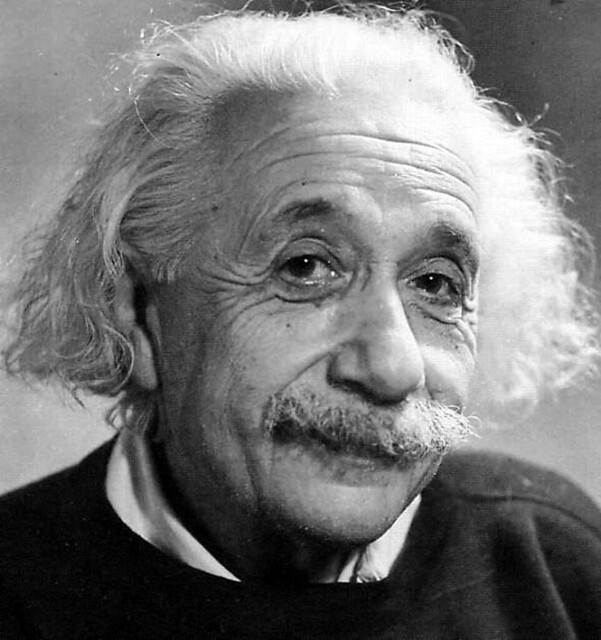Photo: L.A. Cicero
Stanford mechanical engineering professor David Lentink and his students capture slow-motion video from the fastest wings in the bird world, with an eye toward building flying robots that take design cues from Mother Nature. BY BJORN CAREY Kurt Hickman Students use a special high-speed camera to discover new, never-before-seen intricacies of flight and slow motion video to analyze flight parameters for future
More related videos
applications. "The best way to prevent a small drone from spying on you in your office is to turn on the air-conditioning," said David Lentink, an assistant professor of mechanical engineering at Stanford. That little blast of air, he explained, creates enough turbulence to knock a hand-size UAV off balance, and possibly send it crashing to the floor. A pigeon, on the other hand, can swoop down busy city streets, navigate around pedestrians, sign posts and other birds, keep its path in all sorts of windy conditions, and deftly land on the tiniest of hard-to-reach perches. Graduate student Eirik Ravnan works with a parrotlet that he is training to fly from perch to perch in order to be filmed by a high-speed camera. "Wouldn't it be remarkable if a robot could do that?" Lentink wondered. If robots are to become a bigger presence in urban environments, they will need...
High-Speed Videos May Unlock The Secrets To Bird Flight
Einstein was right

Scientists on Friday said that an experiment which challenged Einstein's theory on the speed of light had been flawed and that sub-atomic particles -- like everything else -- are indeed bound by the universe's speed limit. Researchers working at the European Centre for Nuclear Research (CERN) caused a storm in 2011 when they published experimental results showing that neutrinos could out-pace light by some six kilometres (3.7 miles) per second. The findings threatened to upend modern physics and smash a hole in Albert Einstein's 1905 theory of special relativity, which described the velocity of light as the maximum speed in the cosmos. But CERN now says that the earlier results were wrong and faulty kit
was to blame. "Although this result isn't as exciting as some would have liked, it is what we all expected deep down," said the centre's research director Sergio Bertolucci.? "The story captured the public imagination, and has given people the opportunity to see the scientific method in action. "An unexpected result was put up for scrutiny, thoroughly investigated and resolved in part thanks to collaboration between normally competing experiments. That's how science moves forward." The neutrinos were timed on thenear journey from CERN's giant underground lab Geneva...
High-Speed Imaging Method Captures Entire Brain Activity

Credit: Research Institute Of Molecular Pathology
The team used the new system to simultaneously image the activity of every neuron in the worm Caenorhabditis elegans, as well as the entire brain of a zebrafish larva, offering a more complete picture of nervous system activity than has been previously possible. Head region and the majority of the brain of a zebrafish larvae, as recorded and reconstructed using the light-field microscope “The new method is an indispensible tool to understand how the brain represents and processes sensory information and how this leads to cognitive functions and behaviour,” says physicist Alipasha Vaziri, a joint group leader at the IMP and MFPL and head of the research platform „Quantum Phenomena & Nanoscale Biological Systems“ (QuNaBioS) of the University of Vienna, who led the project. “Because of the enormous density of the interconnection of nerve cells in the brain, relevant information is often encoded in states of this densely interconnected network of neurons rather than in the activity of individual neurons.” Vaziri’s team developed the brain-mapping method together with researchers in the lab of Edward Boyden, an associate professor of biological engineering and brain and cognitive sciences at the Massachusetts Institute of Technology. High-speed functional 3-D imaging: Neurons...
Subscribe to:
Posts (Atom)
